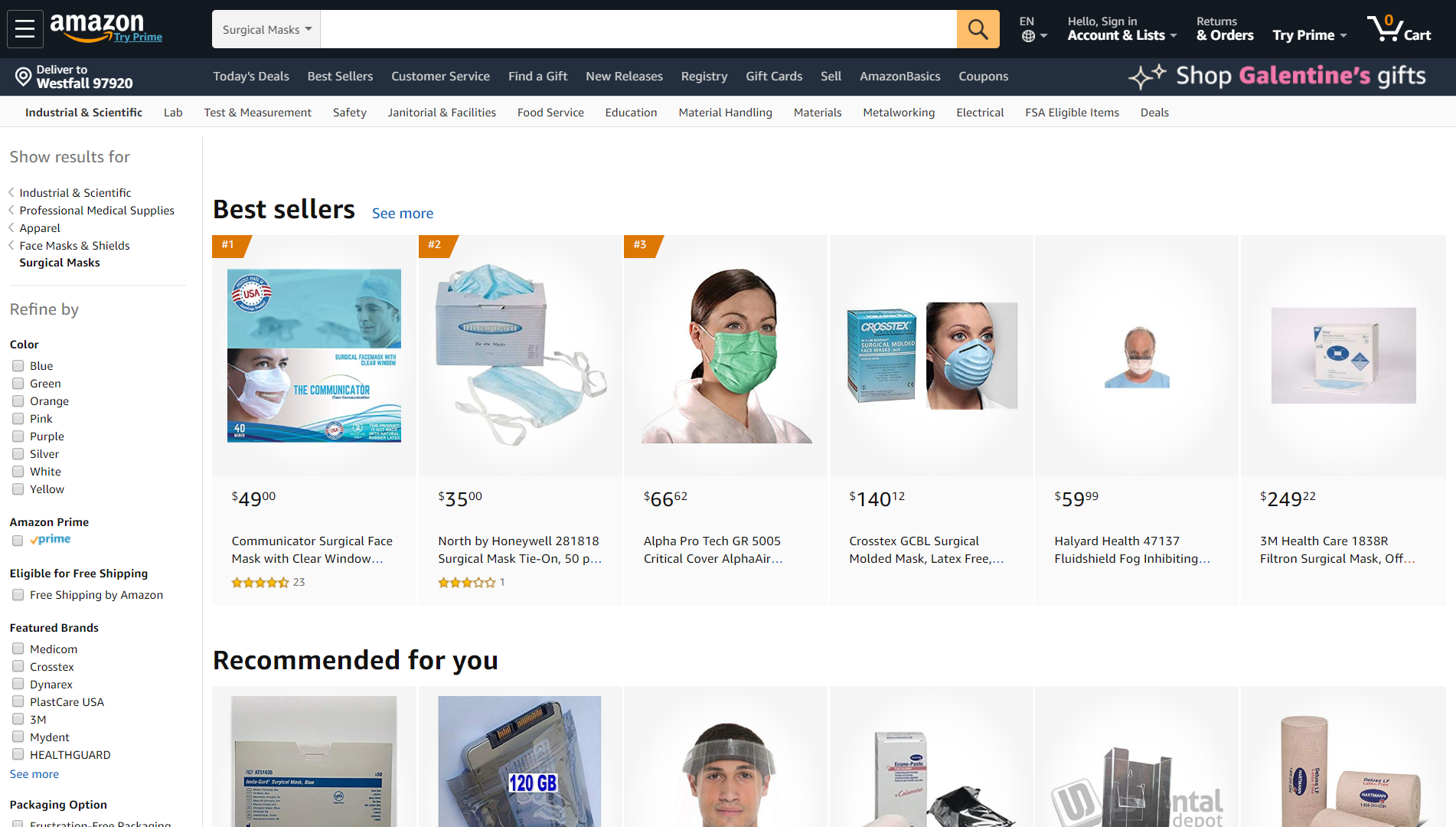Face masks are flying off the shelves; most local retailers aren’t able to sell as there is no stock available! With no clear indication of when they’re restocking, a lot of people are looking beyond the local market to stock up on face masks.

How do I pick the right face mask? Here’s a breakdown on selected features.
Living in Southeast Asia, we’re well-acquainted with using a face mask during the haze season. N95 rated face masks are good, but they are also expensive and hard to find under normal circumstances. To protect yourself against the Coronavirus, the use of a surgical mask is sufficient. But not all surgical masks are created equal. Cloth or sponge masks are used to filter pollen or dust. Activated carbon masks are usually for absorbing odours. Some models have no anti-epidemic effect at all!
Before you begin your hunt on finding face masks to protect yourself from the Coronavirus, here are some test rating standards you should consider:
1. BFE/PFE/VFE
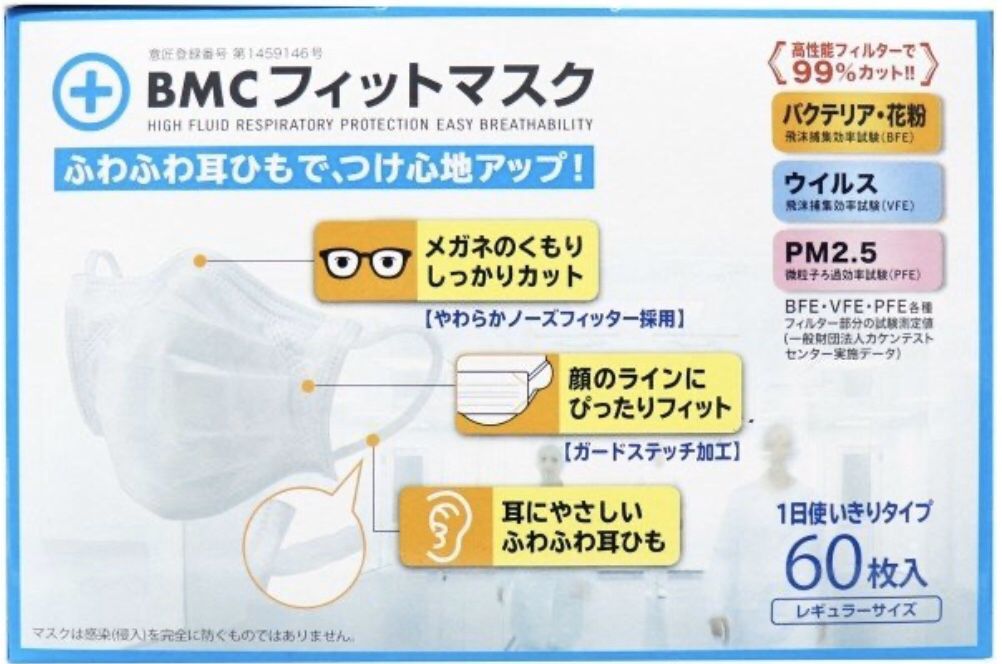
Face masks need to pass various filtering tests before they are launched and their efficiency must be clearly listed on the packaging. Most masks will be tested through Nelson Laboratory Standard. For most Japanese brand masks, the most common standards are BFE, PFE, and VFE, which are based on the filtration rate test used to mark particles of different sizes.
| Standard | Particle Size |
|---|---|
| BFE (Bacteria Filtration Efficiency) | 3 Microns |
| PFE (Particle Filtration Efficiency) | 0.1 Microns |
| VFE (Virus Filtration Efficiency) | 0.1 – 5 Microns (Average 2.8 Microns) |
Generally, the filter rate of different masks is represented by a percentage. To effectively prevent the source of infection, it must pass the PFE test to meet the standard. If the mask is only BFE, it is not enough to stop virus infections, so it is not recommended to purchase a mask if it only indicates the effect of BFE. Simply speaking, when choosing a mask made in Japan, your selection must at least be rated for BFE + PFE. Of course, if the mask passed all three tests, that would be the best choice!
2. ASTM Level
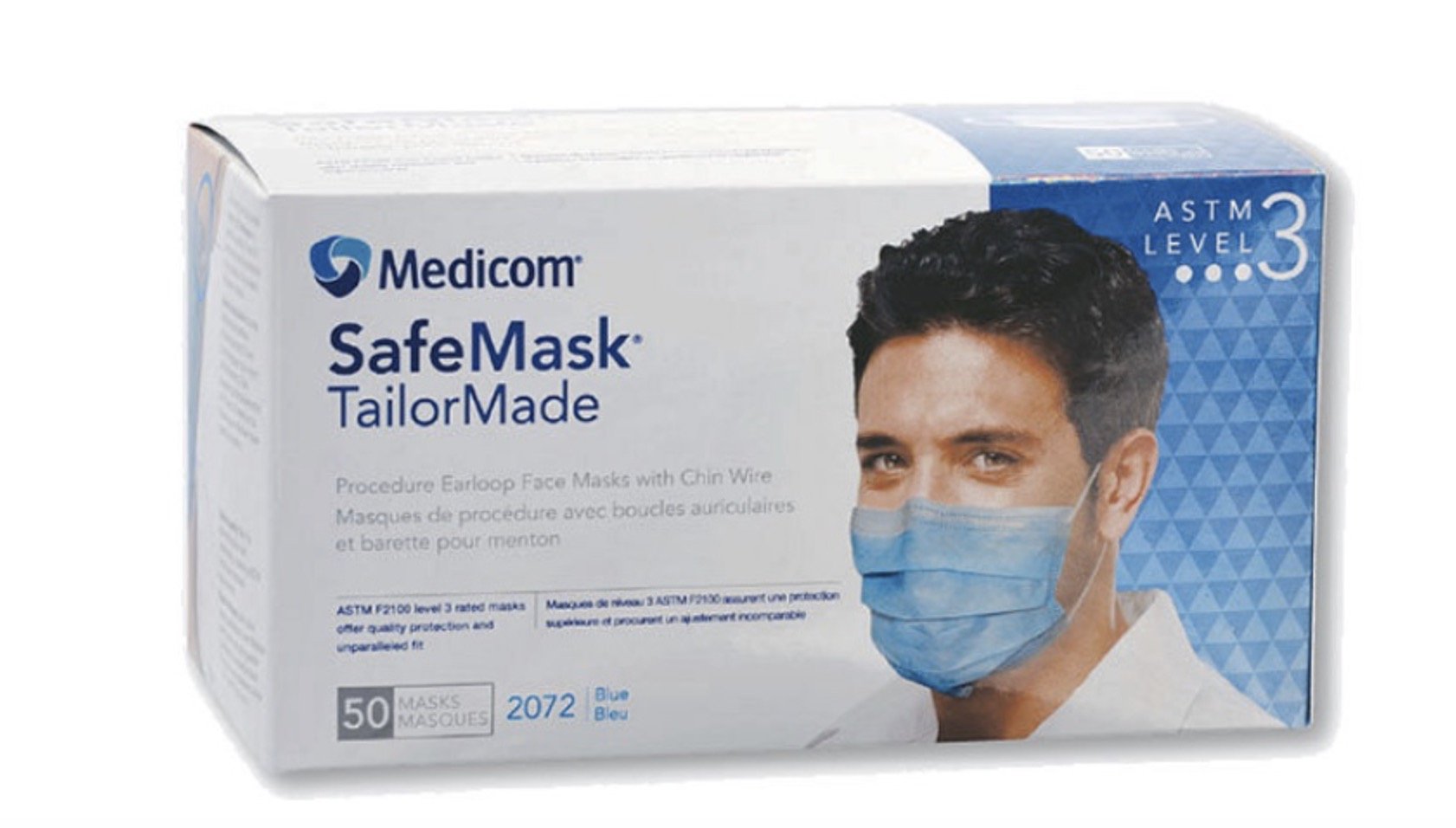
Most masks produced in the United States will use the ASTM test standard. The protection strength of masks is divided into three levels, with Level 1 being the lowest and Level 3 being the highest. Both BFE and PFE are also tested. What makes the ASTM test standard different is the additional three criteria: Fluid Resistance, Delta P (Pressure Differential), and Flame Spread.
| BFE | PFE | Fluid Resistance (mmHg) | Pressure Differential | Flame Spread | |
|---|---|---|---|---|---|
| Level 1 | ≥95% | ≥95% | 80 | <4.0 | Class 1 |
| Level 2 | ≥98% | ≥98% | 120 | <5.0 | Class 1 |
| Level 3 | ≥98% | ≥98% | 160 | <5.0 | Class 1 |
The biggest difference between Level masks is the fluid resistance to synthetic blood. If you are not a front-line medical staff, the feature is not relevant to you. Level 2 and Level 3 ASTM rated masks are good choices if you’re planning to buy from North America.
3. KF(Korean Filter)
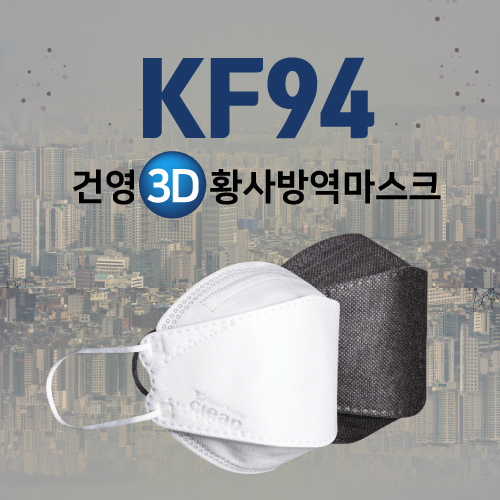
“KF” is a mask rating designated by the Korean Health Bureau. There are 3 types of mask rating in the market, namely “KF80”, “KF94” and “KF99”.
| Rating | Protection |
|---|---|
| KF80 | Effectively block about 80% of particles from the air, 0.6 microns in size, can only protect against dust and air pollution particles, can not block the source of infection |
| KF94 | Effectively block about 94% of fine particles and infection sources from the air, 0.4 microns or less |
| KF99 | Effectively block about 99% of fine particles and infection sources from the air, 0.4 microns or less |
Based on the data, many would immediately gravitate to the KF99 rated masks. Due to the expensive price of KF99 masks, Koreans will generally choose KF94, which is enough to resist viral infection.
4. PM 2.5
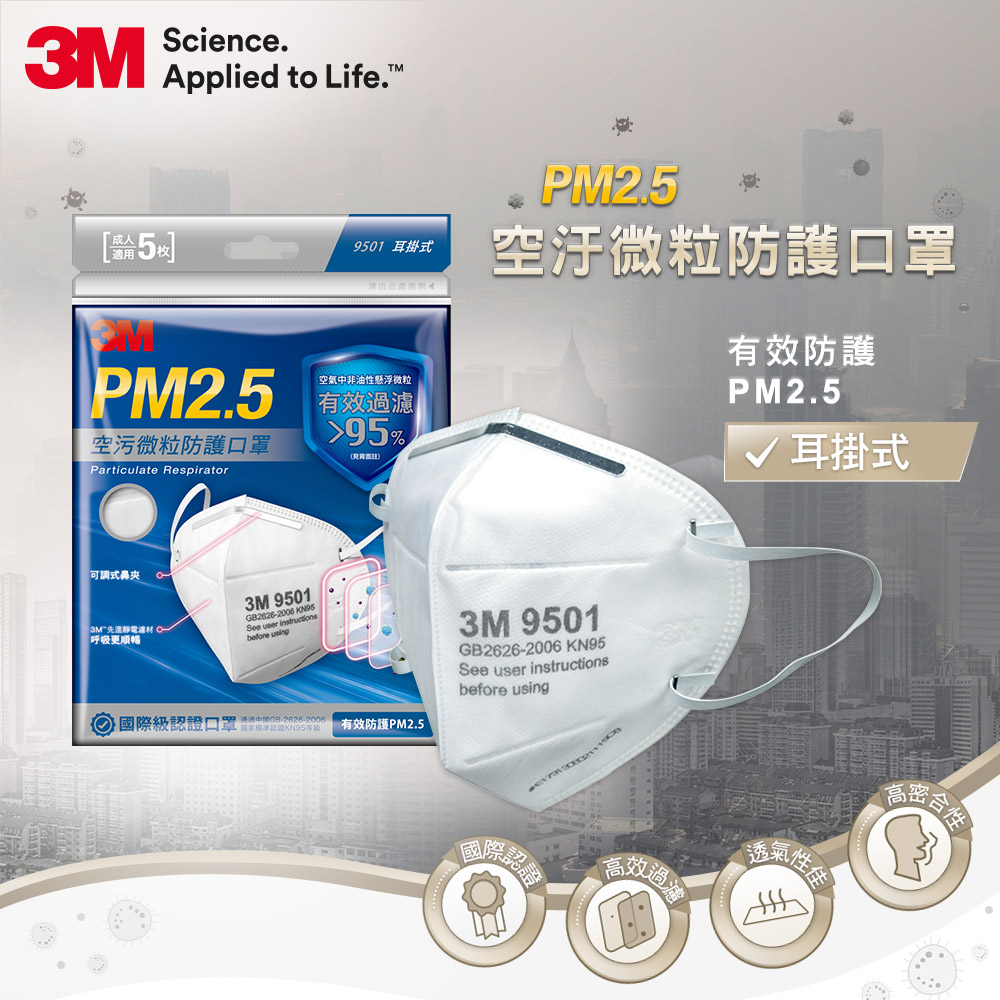
If the mask is marked with “PM 2.5”, it means that the mask can effectively block fine suspended particles with a diameter of 2.5 micrometres or more in the air. Generally, it is designed to protect against air pollution or haze. If the mask is only rated as PM2.5, it is not effective in this situation. Try to find PM2.5 masks that also have the BFE + PFE rating!
❣️❣️ Our Japan warehouse is currently experiencing high traffic, and there are restrictions for masks in Thailand and Korea.. We recommend that you purchase related products from other markets like the US, UK and Australia!
